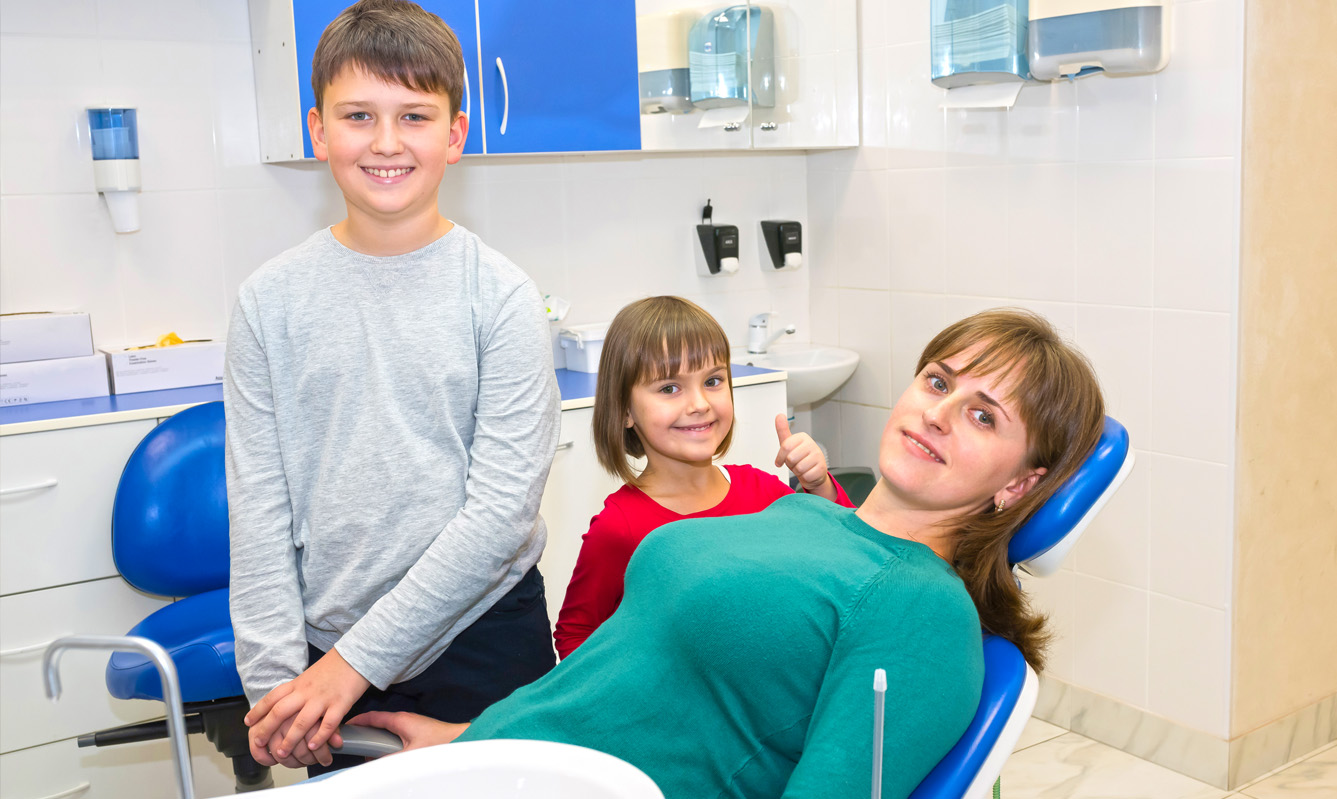Picture this: a grade schooler with a wide smile full of wire braces, eagerly showing off their colorful bands. Or fast forward to high school or college, where teens and students balance the stresses of school while working on their smiles.
Although we most often associate orthodontic treatment with young people, getting braces is actually for patients of all ages. In fact, according to the American Association of Orthodontics, children as young as seven can begin visiting the orthodontist. At the same time, about 25% of current orthodontic patients are adults, proof that there’s no age limit on improving appearance and oral health.
Here we break down the journey towards a healthier smile, whether it’s the first time getting braces or the second time at any stage of life.
Well, maybe not all ages
While there’s no exact age to begin orthodontic treatment, children can begin seeing the orthodontist when they are 7 to 8 for an initial screening, which is ideal. By this age, most children have a mix of both primary teeth and permanent teeth, making it easier for experienced orthodontists to diagnose and correct tooth and jaw problems early. This early stage, called Phase I, can help prevent problems from becoming more severe and requiring serious treatment later in life.
Early treatment can also:
- Correct and guide the growth of a child’s jaw to help permanent teeth come in straight
- Create more space for crowded teeth
- Correct thumb sucking and help improve minor speech problems
- Reduce the risk of trauma to protruding front teeth
- Reduce treatment time with adolescent, Phase II, braces
- Regulate the width of the upper and lower arches
By the time a child is 12, their permanent teeth may be completely erupted. This is a great age for kids to get orthodontic treatment, however orthodontists may recommend earlier interventions for severe issues.
By the time you are a teen or an adult, you have several options to choose from. In fact, today’s orthodontic treatment offers a variety of braces and appliances that are comfortable, aesthetic, and customizable. These types of braces include:
- Ceramic braces
- Invisalign
- Lingual braces (behind the teeth)
- Traditional metal braces
Although 7 or 8 is the youngest you can get braces, today many adults are choosing orthodontic treatment because they understand the importance of good oral health and want to improve their appearance.
Is there an upper age limit?
Whether you’re 60, 70 or 80 years old, there’s no age limit for braces. In fact, no one is too old to take care of their teeth, as long as you still have teeth to take care of! You could even set the record for oldest person with braces if you stick to your treatment.
Finding a good all-ages orthodontist will allow you and your whole family to receive expert treatment across generations. Dr. Mario Paz is an orthodontist with experience working with both kids and adults. His office is uniquely designed to be welcoming for children while maintaining a professional atmosphere that adults appreciate.
